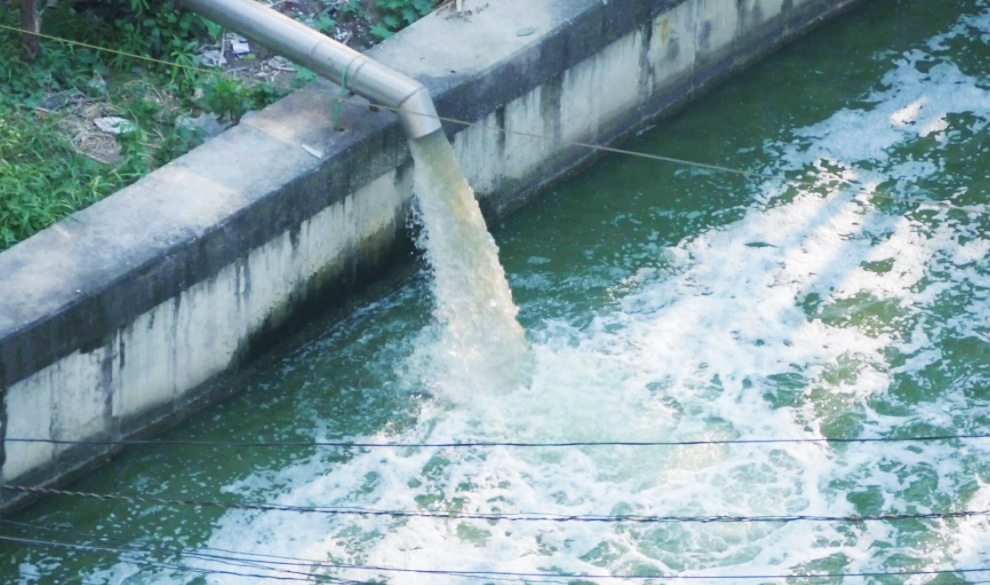What is effluent discharge?
Effluent discharge, sometimes called “wastewater”, is liquid waste generated and discharged from any industrial or commercial site. Wastewater discharges usually flow directly from the premises into the main sewer network. It cannot enter rivers, reservoirs, streams or lakes unless it is first cleaned and treated. Only surface water can be discharged into natural streams.
Effluent that is discharged directly into the public sewer will be sent via the sewer network to the nearest sewage treatment plant for treatment. Most trade effluent consists of wastewater, which is water used in a specific process to produce a specific product or to facilitate production, including cooling machinery or pipes.

Wastewater composition
Industrial effluent typically contains one or more pollutants, including
- Fats, oils and greases (FOG)
- Chemicals
- Detergents
- Heavy metal rinses
- Solids in suspension
- Pathogens
Industrial wastewater from a plant producing food or beverages may contain detergents and solids. Trade wastewater from a company producing steel, which will use many different processes to make finished products, may contain heavy metals, oils, grease and chemicals. Drinking water may carry pathogens prior to treatment.
Often larger companies have on-site wastewater treatment plants (ETP). The wastewater they produce is treated before being discharged, if clean enough, into a nearby waterway.
All waste from sewage treatment plants, such as sludge and filtrate, must be treated as waste. Your business is legally responsible for its waste until it is recycled or disposed of. This includes all storage and disposal stages.
The company concerned will have to comply with any requirements of the respective water company. This ensures that the trade effluent is within the permitted limits and can be safely discharged into the sewer.
Measures to reduce effluent discharge
Improved process control
Good process control helps to minimize the strength of the feed stream.
Reducing the use of cleaning chemicals
Chemicals can be particularly damaging to the water environment, so care should be taken to minimize the amount used.
Minimize your volume
The more you discharge, the more waste you send to discharge, and the more expensive it is to treat. Consider dewatering or even drying, or water reuse and recycling plants that can provide a return on investment for your business. Permitting costs may be significantly reduced by lowering parameters such as chemical or biological oxygen demand (COD or BOD).
Maximize storage space
You can reduce the amount of sludge you disperse on land by ensuring you have sufficient storage capacity (usually with sludge storage tanks) to accommodate the amount of sludge your company generates.
KUOSI offers professional commercial and industrial water treatment solutions and equipment, contact us for an equipment quote or consulting proposal.
